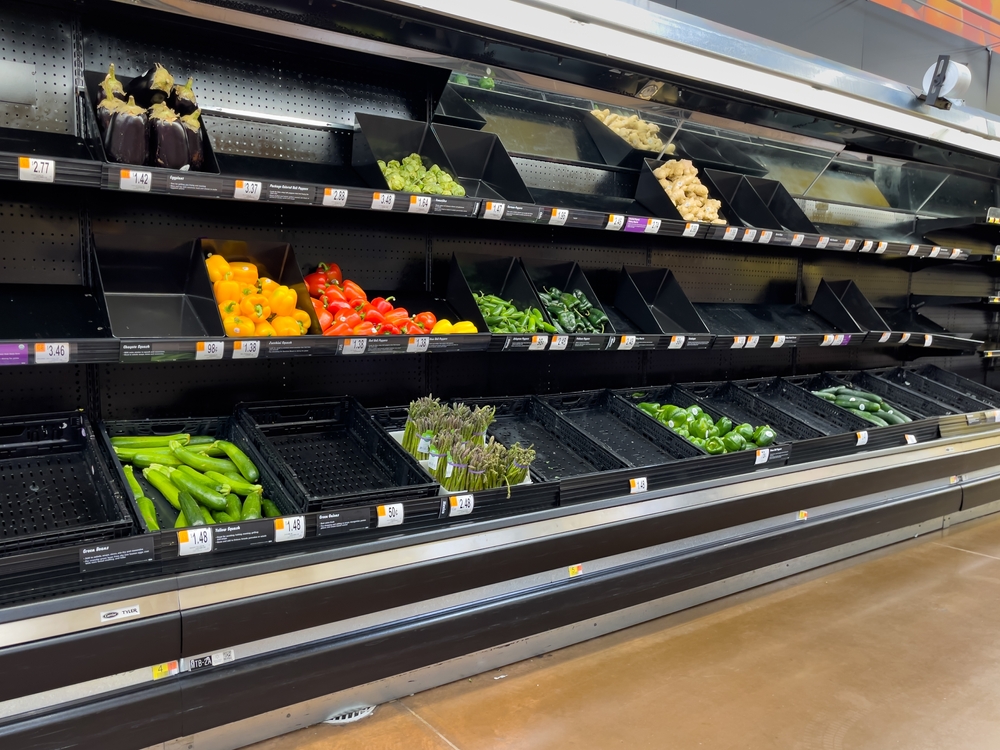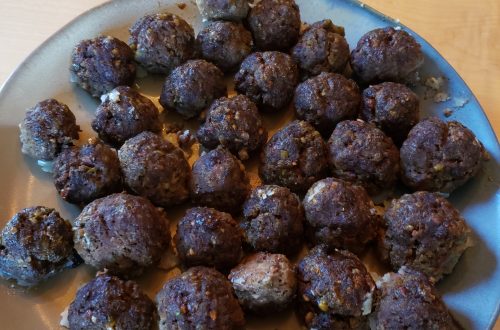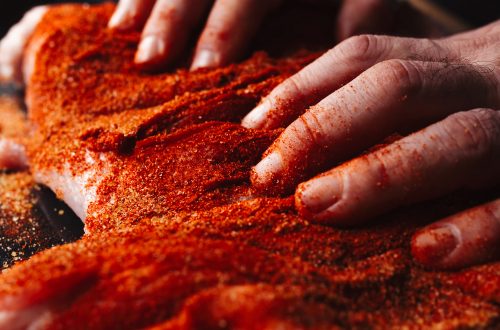
Eating Well in Changing Times
Given increasing uncertainties on multiple fronts, we all need to pay more attention to what’s happening to our food supply. As spring approaches, this is the time of year when farmers are thinking about the upcoming season’s crops. Weather extremes are a much greater factor due to more frequent flooding and droughts. Fertilizer prices, along with those of land and equipment, are escalating. New and lethal diseases are spreading to crops, animals, and birds. Aquifers are being depleted; water is an issue in dry growing regions. It’s not just a problem for farmers. Think about what that means for what we might be eating.
Eggs are even more expensive and sometimes unavailable. Meat prices are up. Take a look at California, America’s major source of supermarket foods (400 different crops worth about $60 billion in annual cash receipts). California producers are facing four key issues: water; labor availability; energy, fertilizer, and other input costs; and the impact of tariffs on their costs and ability to export. Droughts are straining production of alfalfa, the key dairy feed crop, while rising feed costs and labor shortages are pressuring dairy profit margins. Climate change (shifting weather patterns) is affecting the flowering and harvest timing of the grape harvest. Innovations are helping lettuce production to reduce water use, but disease outbreaks remain persistent. Almond and pistachio farmers are facing the same water and pest-management issues. Strawberries, tomatoes, and carrots also face a complex outlook. Then, there are the fires.
The Chinese way
So what’s a home cook to do? Dr. Betty Liu, a Boston surgeon and cookbook author, suggests worthwhile ideas in her new cookbook The Chinese Way, which she based on her desire to recreate the food she ate growing up in a Chinese-American family. As she describes her approach, “it’s not traditional, but it’s Chinese.” Now, she’s shopping in Boston, not Shanghai – where farmers’ markets are open daily selling exceptionally fresh food and where everyone recognizes 24 distinct seasons for produce. Liu’s cooking incorporates local Massachusetts ingredients while using traditional techniques.
Shopping these days may become a bit like the Depression and the rationing during World War II. As food choices become more restrictive because of availability or price, we can still use Liu’s approach to make good, nourishing meals. You might need to make more than one visit to a supermarket or farmers’ market each week, but it’s doable with guidance from menu planning. As for recipes, I think of them more for ingredient lists and amount guides. Liu observed that her mother never works from a recipe; she recreates a meal from her taste memory. We can do the same.
What main ingredients do you want for dinner? Think first of the kind of cuisine you want and what protein and fresh vegetables might be available. Don’t have a particular ingredient? I use a search engine to find a recommended substitute. Inspired by French or Italian flavors? You might start with aromatics: diced onion, carrot, and celery, and adding seasonings such as tarragon, chives, chervil, and parsley. Indian? Start with sautéing ginger and garlic and later adding appropriate seasonings such as cumin and turmeric. Chinese? Start with ginger, garlic, and scallions. Plain old American southern or Creole? Then it’s chopped green pepper, celery, and onion. For each cuisine, once the aromatics are cooked down, it’s just a matter of adding your proteins, vegetables, and the cuisine-specific herbs and spices needed to round out the dish.
As for preparation, Liu notes that, like most cuisines, Chinese has a variety of cooking techniques. Steaming is best for vegetables with fish. Frying involves harnessing heat with fat and is best for sliced meats with chopped vegetables. Boiling (or poaching, simmering, or blanching) is best for vegetables with poultry and tender-flesh meats. Braising is a great way to use lower heat to slow-cook fatty, tough meats.
For example, Liu has a Shanghai-style beef and onion stir-fry of steak in a marinade of Asian sauces. If you were to substitute the oyster sauce, soy sauce, and sesame oil for Worcestershire sauce, sour cream, and beef gravy and add some mushrooms, you have beef stroganoff.
We can do it. After all, our forebears creatively ate their way through the Depression and World War II. This time around, who needs Spam, chipped beef or vinegar pie?





One Comment
Robin Lawson
Excellent tips. Dear fellow readers: If you want to own the book, please purchase from an independent bookstore and NOT Amazon.com. And remember the retail blackout Friday, Feb 28.